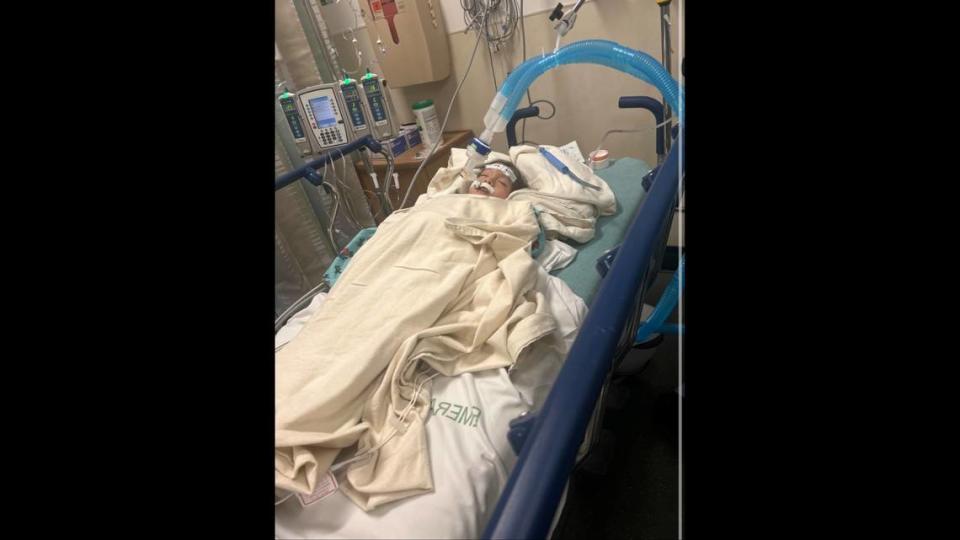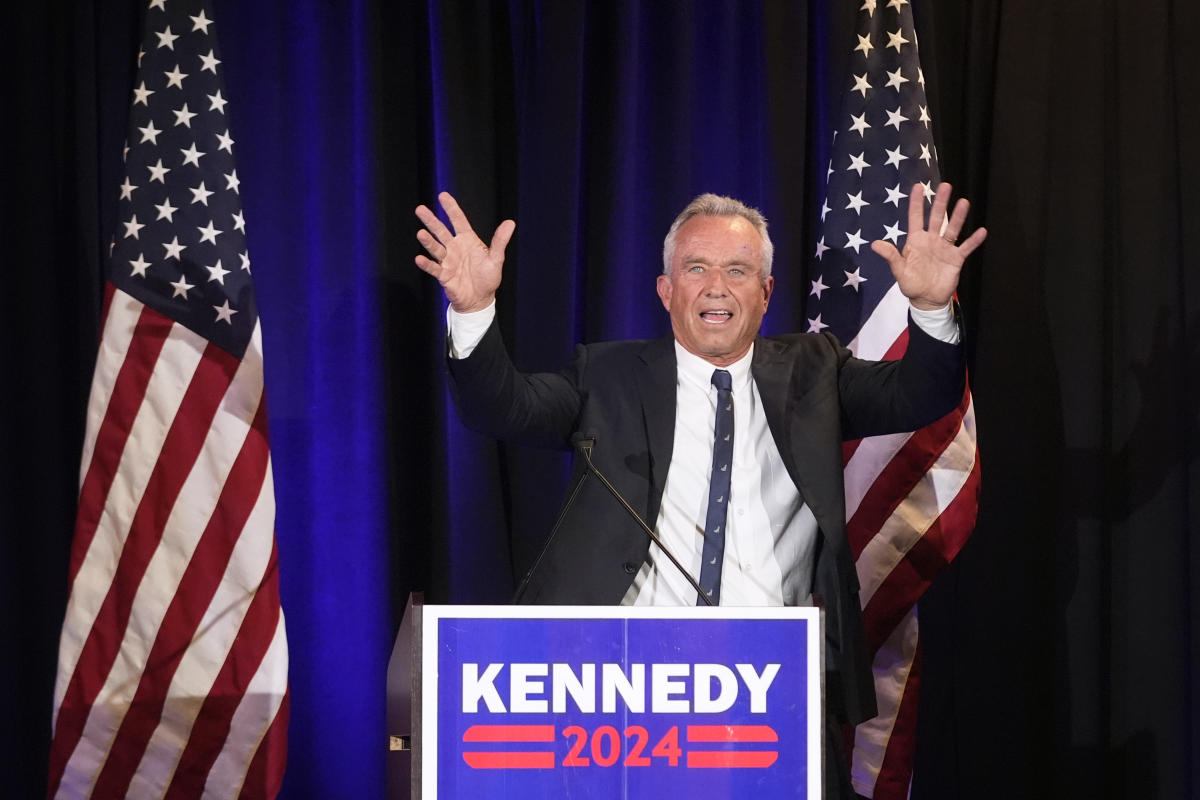The attorney for a group of former residents and others with ties to Palm Springs’ Section 14 area submitted a new offer to the city this week that would have the city provide compensation with a total value of $42 million to settle the ongoing claim over what the group says was the city’s wrongful role in destroying homes there decades ago.
The original claim was filed in 2022, and the two sides have been negotiating since.
A spokesperson for Palm Springs confirmed that the counteroffer had been received and will be reviewed by city staff and eventually the city council.
“Palm Springs staff is careful to do our due diligence and make well-informed recommendations to the City Council,” Office of Neighborhoods Director Denise Goolsby said. The Desert Sun also reached out to the five members of the city council, none of whom commented.
The new offer, which was submitted to the city in a letter date July 2 and shared with The Desert Sun, would see the city pay about 60% less than it would have under a previous offer previously made by the group in May.
More: Palm Springs says $105 million request from Section 14 group would ‘bankrupt the city’
The attorney, Areva Martin, explains in the letter that the $42 million offer would cover both cash payments to those “who can demonstrate direct impacts from the displacement” as well as funding for several programs and efforts that the group says would rectify the harm it says was done. Those programs and efforts could include:
-
The city providing land to the Section 14 survivors group that it could develop into affordable and mixed-use housing, retail and other uses.
-
Renaming a city park to recognize the Section 14 survivors.
-
Dedicating a city “Day of Remembrance” for the Section 14 survivors.
-
The city designating two seats on its Human Rights Commission or a similar city commission to members of the group.
-
The city working with the survivors group to develop monuments and markers acknowledging the contributions of those who lived on Section 14.
-
The city committing to a public/private partnership to develop, fund and erect a cultural or racial healing center in Palm Springs.
The letter also proposes that the group enter into a separate agreement with the city for the members to “work to expand the city’s reach and tourism base within communities of color, including bypromoting everything they love about the city via national and local outlets.” Under that proposal, the group would endeavor to generate $500,000 a year for the city, partly by working to attract large conferences and events hosted by organizations such as the NAACP.
“My clients share a deep love for Palm Springs, and, throughout our conversations, I have consistently underscored their sincere commitment to diligently work to expand the economic base for Palm Springs as a part of any settlement,” Martin wrote in the letter.
The letter states that the group would be open to the money being paid over 10 years. The letter does not indicate how much of the money would go to each purpose or detail the number of households that would receive direct payments or the size of those payments.
Martin told The Desert Sun Wednesday that those details would need to be refined if the parties agree in principle.
“The more important issue at this stage is reaching an agreement that reflects the totality of what has been presented by the survivors and mirrors many of the same points that the city has itself advanced,” she said.
What is Section 14 in Palm Springs?
Section 14 is a 1-square mile tract of Agua Caliente-owned land adjacent to downtown Palm Springs. For decades, residents who could not afford to live elsewhere in the city, including many people of color, rented or built their homes there. Over a period of several years in the 1950s and 1960s, residents were removed from their homes which were then destroyed allowing the land to eventually be redeveloped.
The circumstances surrounding the clearing and redevelopment of Section 14 are disputed, with some saying that the clearing of the homes was wrong, illegal, racist and often done without proper notification.
Others, however, have pushed back on many of the group’s claims, saying that the clearing of Section 14 was the result of a combination of efforts to address public health concerns arising from poor living conditions in the area, and members of the tribe exercising their full rights to develop the land as they saw fit following several changes to laws that had previously severely limited their ability to do so.
While it is generally accepted that the city was involved in the destruction of some homes, the extent of the city’s involvement and reason for it is disputed. The group seeking restitution maintains that the city bears responsibility for the clearing of all homes, while the city points to records saying it was only involved in the destruction of a fraction of the structures, with some further arguing that the city was reimbursed by the federal government for the clearing of the homes.
Gulf remains between what the city and survivors have proposed
The counteroffer comes about two-and-half months after the city made a settlement offer to the group that would see the city make a total of $4.3 million in direct payments to the survivors. The city said that offer was based on records that showed city resources and staff members had been involved in the destruction of 145 homes and calculations that the 2024 value of those homes and the personal belongings contained in was about $30,000 each.
During the same week the city made that proposal, the city also pledged to take several actions to address the harms that resulted from the clearing of Section 14. Many of those steps resembled initiatives included in Martin’s latest proposal, including providing land for affordable housing and exploring the feasibility of building a “historic park” or “healing center” dedicated to Section 14.
On May 22, Martin sent a letter to the city stating that her clients were rejecting that offer and proposing that the city instead make $105 million in direct payments.
Blaisdell, the city spokesperson, later blasted that proposal, which she said “could easily bankrupt the city.”
Blaisdell told The Desert Sun earlier this month that the $105 million was never brought to city council because a formal proposal was never made. Martin writes in her letter that the city responded to her letter by asking for an “exact monetary settlement offer with any additional terms,” which she said her letter constitutes.
Pearl Devers, who lived on Section 14 as a child and chairs the group, said in a statement that most survivors are now in their twilight years making it crucial that they “receive true recognition and justice for what was taken from us as soon as possible.”
Fenita Kirkwood, who briefly lived on Section 14 with her family early in her childhood before their home there was destroyed, said she worries about her mom’s declining health and whether she will be alive to see any settlement.
“When we first started this there were a lot more elderly people alive and they kept saying we will be dead and gone before this ever come to an end,” she said. “And it happened just like this, just like that. And my mom said, well, I don’t want to be dead and gone. I want to be able to enjoy part of it, because I’ve worked hard in Palm Springs for 45 years.”
Offer comes after city hired firm to investigate Section 14 history
The city recently announced it was hiring an architecture, urban planning and historical preservation firm to document the facts surrounding the history of Section 14. Martin wrote that the city had not consulted with her group regarding the selection of Architecture Resources Group but said her clients want to work with it to restore historic Black and brown sites in Palm Springs and believe it could also be involved in the development of a cultural and racial healing center.
“We look forward to adding Section 14 survivors and descendants, African American and Latino historians to this process as ARG are not trained historians or experts on racial minorities or racially motivated attacks such as the one perpetrated against my client by the city,” Martin wrote.
Contributing: Taya Gray
Paul Albani-Burgio covers growth, development and business in the Coachella Valley. Follow him on Twitter at @albaniburgiop and email him at paul.albani-burgio@desertsun.com.
This article originally appeared on Palm Springs Desert Sun: Section 14 group’s attorney calling for city to pay $42 million
Signup bonus from




